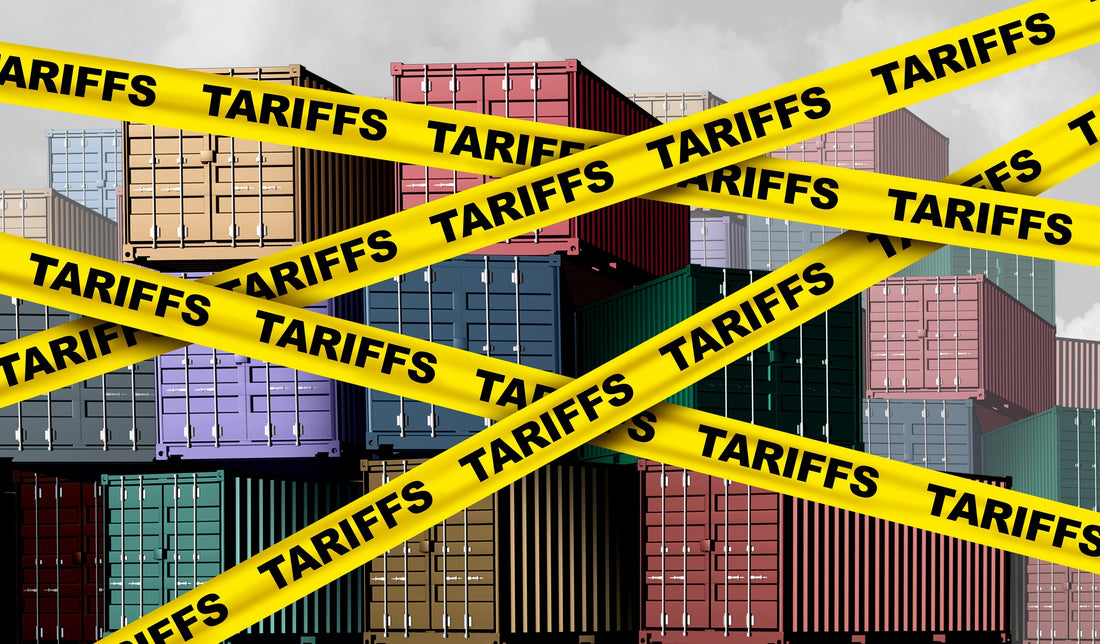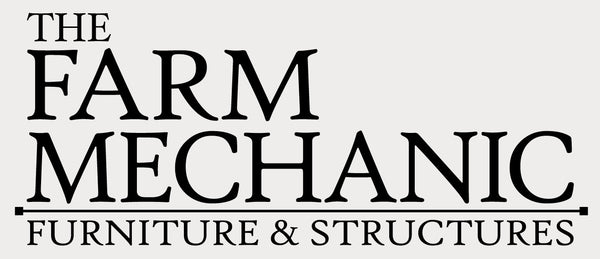
Built to Weather Any Trade Shift: How Resilient Design Stays Ahead
With the administration’s recent probe into tariffs on furniture imports, many in the industry are bracing for disruption. Questions around cost, sourcing and supply chain stability are back in the spotlight.
Global trade shifts and tariffs can disrupt many businesses—but resilient design shows there’s another path. When durability, local sourcing and sustainable logistics are built in from the start, products are naturally prepared to handle changing markets without compromise.
One approach is building from a single material and eliminating reliance on nuts, bolts, or screws from foreign suppliers. This reduces exposure to global supply chain fluctuations and makes each piece inherently more reliable.
Another is sourcing materials domestically and working closely with regional craftsmen. Beyond ensuring stability when tariffs shift, this approach maintains quality and supports local communities.
And perhaps most importantly: durability and longevity. Hardware-free, outdoor-ready furniture and structures that are designed to last means fewer replacements and more value over time. Paired with innovative flat-pack shipping that reduces costs and CO₂ emissions, resilient design makes furniture future-proof in more ways than one.
Tariffs may change the landscape, but thoughtful design, local sourcing and durable craftsmanship keep businesses steps ahead. Resilience isn’t a reaction—it’s something you design for.
How are you seeing tariff pressures affect design and sourcing in your corner of the industry?
